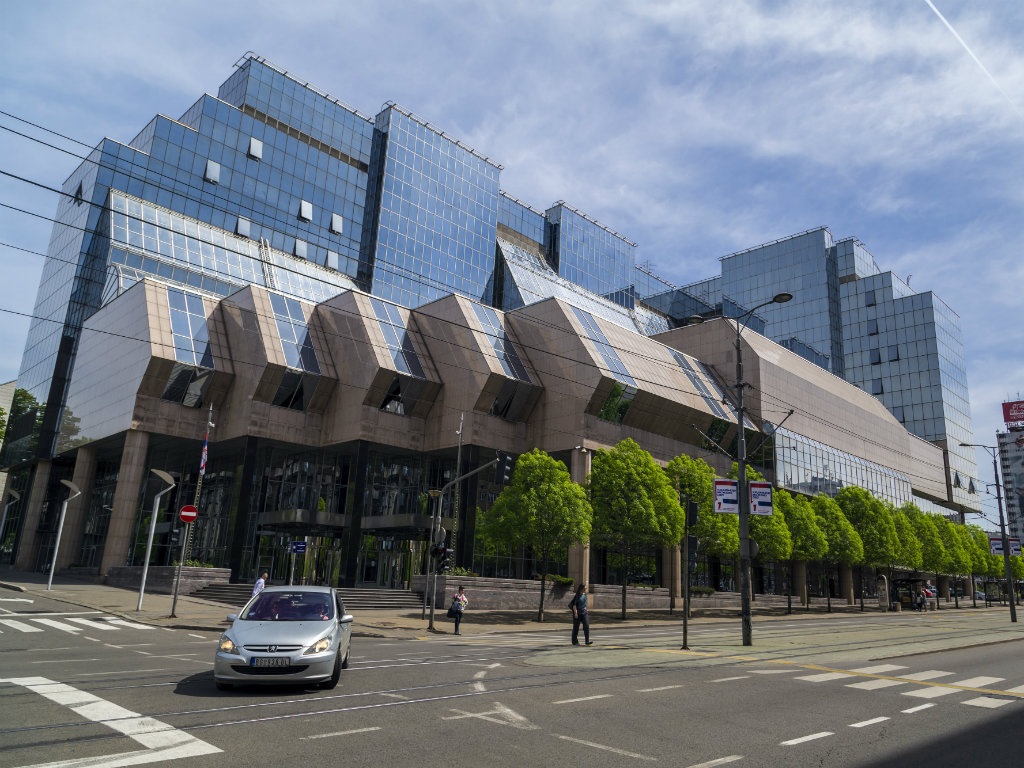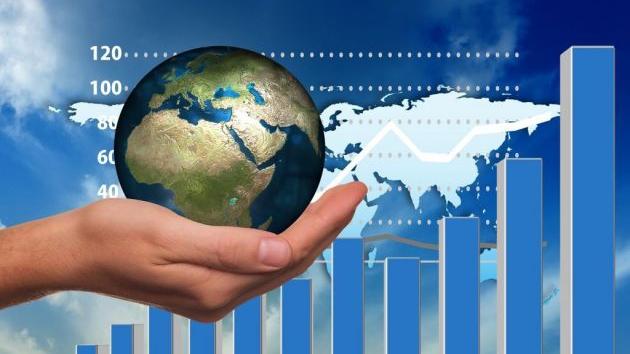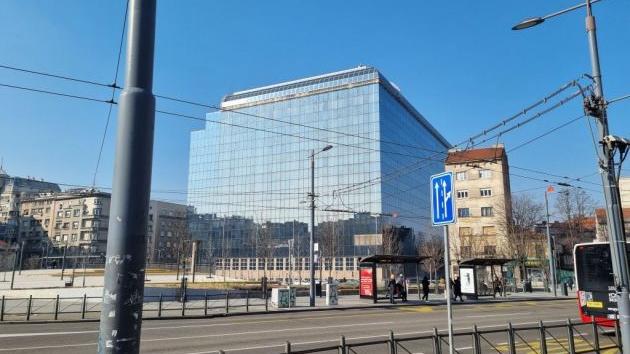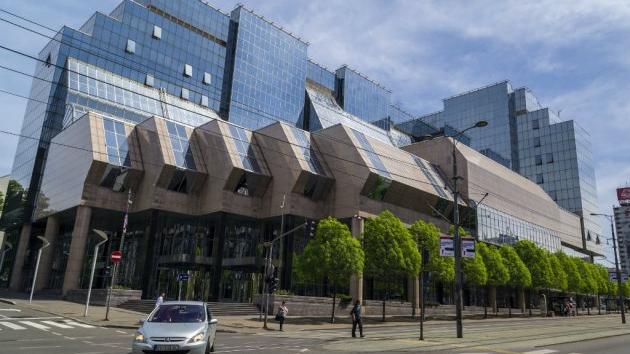NBS: Key Policy Rate Raised to 2.5%
Source: eKapija
 Thursday, 09.06.2022.
Thursday, 09.06.2022.
 13:54
13:54
 Thursday, 09.06.2022.
Thursday, 09.06.2022.
 13:54
13:54
(Photo: ColorMaker/shutterstock.com)

As the NBS interest corridor remained unchanged (±100 bp, i.e. ±1 pp relative to the key policy rate), the credit facility rate equals 3.5% and the deposit facility rate 1.5%.
– In making the decision on further tightening of monetary conditions, the Executive Board took into account the continuation of the Ukraine conflict, which resulted in deepening of the energy crisis globally, a further spike in the prices of primary agricultural commodities and industrial raw materials, and the continued aggravated functioning of international supply chains – the website says.
Amid the build-up of inflationary pressures globally, the Executive Board assessed it was necessary to further tighten the monetary conditions at home, in order to limit the second-round effects on inflation expectations and preempt a further hike in domestic inflation. The NBS invests considerable effort to this end, including, among other measures, by maintaining relative stability of the dinar exchange rate against the euro.
As said, as in most other countries, inflation in Serbia continued along the upward trajectory. It measured 9.6% y-o-y in April, with food and energy prices still accounting for around two thirds.
Core inflation (headline inflation excluding the prices of food, energy, alcohol and cigarettes) went up reflecting an upturn in imported inflation.
Still, measuring 5.5% in April, core inflation remains much below both the core inflation of regional peers and headline inflation at home.
It is said that, in addition to preserved relative stability of the exchange rate, “an important factor behind lower and stable core inflation are medium-term inflation expectations of the financial sector, which continued to move within the NBS target tolerance band”.
According to the May medium-term projection, inflation will hit a downward trajectory in H2 2022 and return within the target band in H2 2023.
– As assessed by the Executive Board, the rise in global prices of primary commodities and energy, and higher imported inflation will for some time yet be exerting inflationary pressures, whereafter they are expected to gradually dissipate – it is pointed out.
The new agricultural season should bring fruit and vegetable prices down from their currently high levels.
Geopolitical developments and the escalation of the conflict in Ukraine have considerably dimmed the global economic growth prospects, while “the further build-up in inflationary pressures at international level has led to upward revisions of inflation forecasts for a large number of countries and to a tightening of their monetary policies”.
Thus, the FED continued the cycle of rate hikes in May (in total by 75 bp this year), to the range of 0.75–1.0%, and decided to start scaling down its balance sheet in June. It is certain that the FED will tighten monetary conditions further in the months to come. Amid stronger than anticipated inflationary pressures, the ECB decided in March to additionally trim the volume of quantitative easing in the course of Q2, only to announce in May that it might suspend net asset purchases in early Q3 and start with rate increases. Monetary tightening by leading central banks, as well as mounting global uncertainty, could dampen the risk appetite of international portfolio investors who determine the pace of capital flows to emerging markets. In addition to this, the Executive Board took into account that global primary commodity and energy prices were extremely volatile in recent months and that they are still considerably higher than at the beginning of the year and, as such, producing upward pressure on producer and import prices. Having subsided in April, the global oil price rose again following the introduction of an additional package of sanctions on Russia, which includes EU oil imports from that country.
According to the SORS estimate, our GDP increased by 4.4% y-o-y in Q1. On the production side, growth was led by the service sectors and industry, and on the expenditure side – by private consumption and fixed investment.
The build-up of inventories also exerted a positive effect, while net exports provided a negative contribution, mainly due to the growth in energy imports.
It is pointed out that, despite a high degree of uncertainty, “the NBS expects our economy to expand further in the coming period. GDP growth this year is forecast within the range of 3.5–4.5%, which is 0.5 pp lower than expected at the beginning of the year because of the unfavorable global growth outlook following the outbreak of the Ukraine conflict – most of all, because of the expected lower growth of the euro area and countries in the region”.
Assuming there is no further worsening of geopolitical tensions and gas cutoffs globally, the NBS has kept the medium-term growth projection at 4–5% per year.
Tags:
NBS
FED
increase of key policy rate
tightening of monetary conditions
strengthening of inflation pressures
imported inflation
core inflation
stability of exchange rate
GDP
Comments
Your comment
Naš izbor
Most Important News
Full information is available only to commercial users-subscribers and it is necessary to log in.
Follow the news, tenders, grants, legal regulations and reports on our portal.
Registracija na eKapiji vam omogućava pristup potpunim informacijama i dnevnom biltenu
Naš dnevni ekonomski bilten će stizati na vašu mejl adresu krajem svakog radnog dana. Bilteni su personalizovani prema interesovanjima svakog korisnika zasebno,
uz konsultacije sa našim ekspertima.


 Izdanje Srbija
Izdanje Srbija Serbische Ausgabe
Serbische Ausgabe Izdanje BiH
Izdanje BiH Izdanje Crna Gora
Izdanje Crna Gora


 News
News












